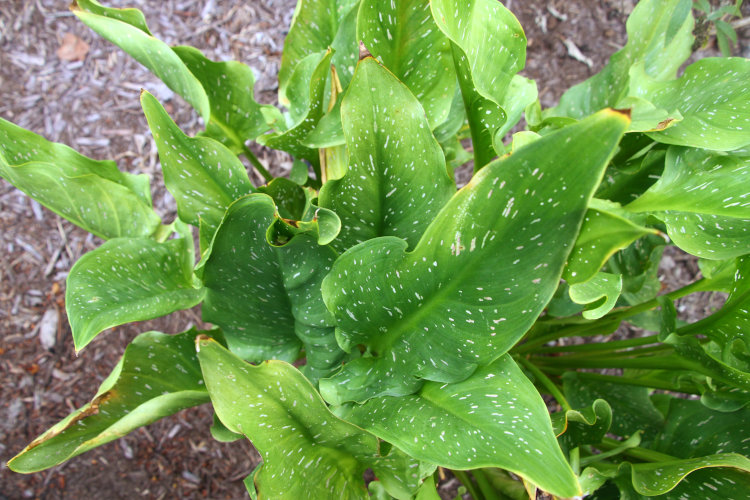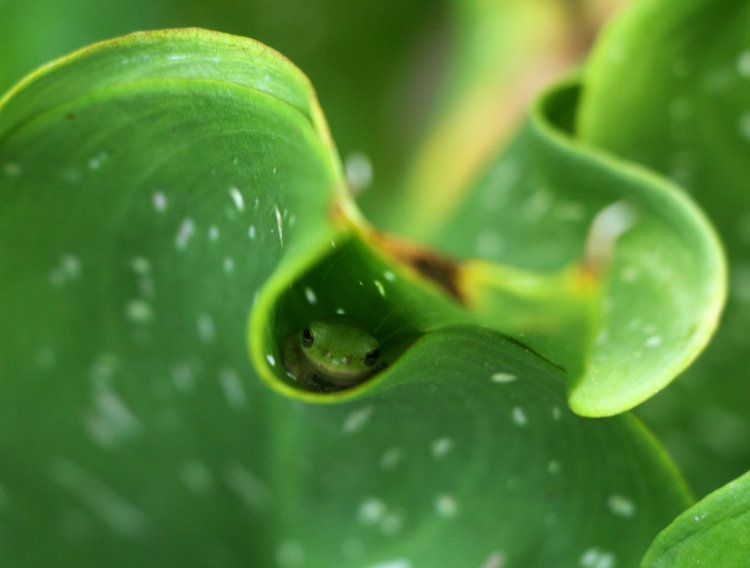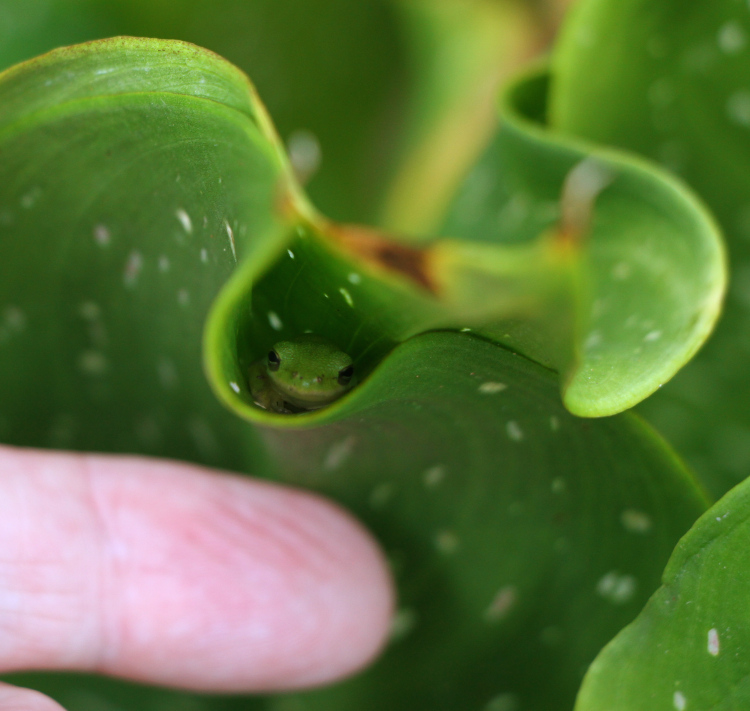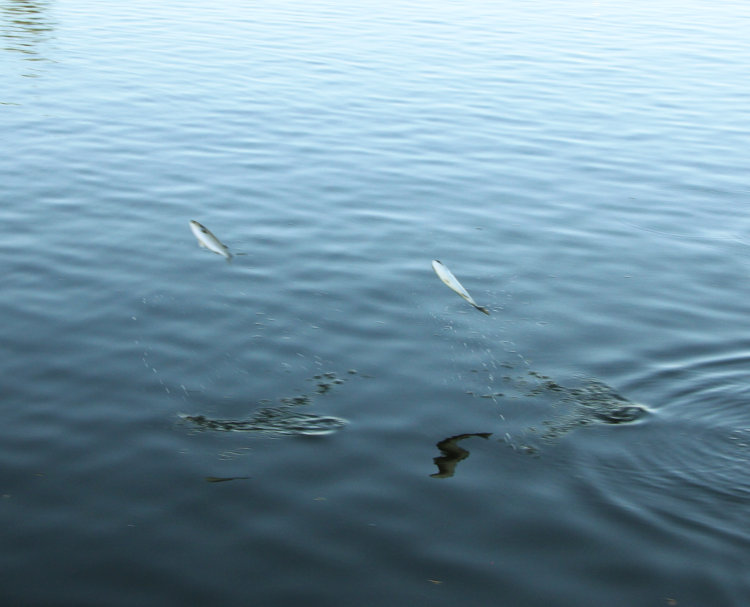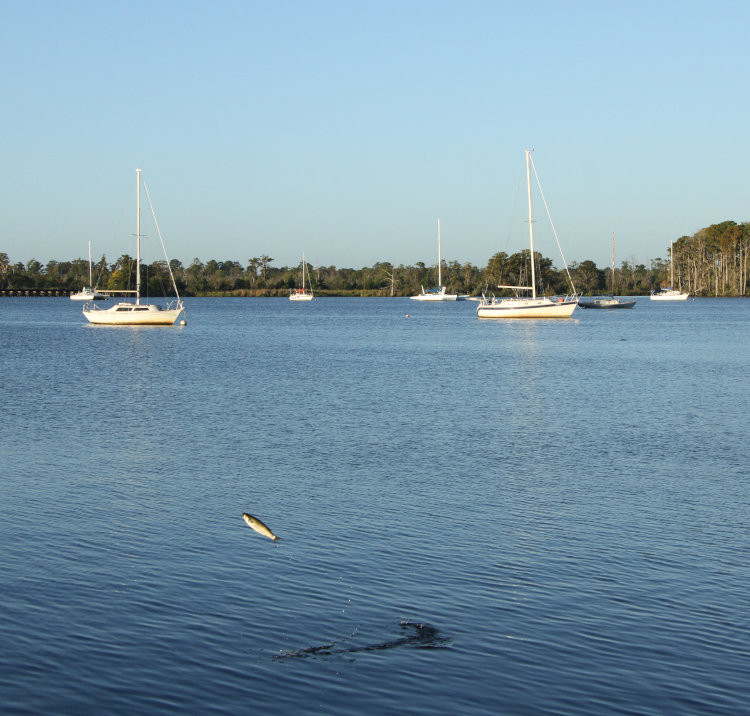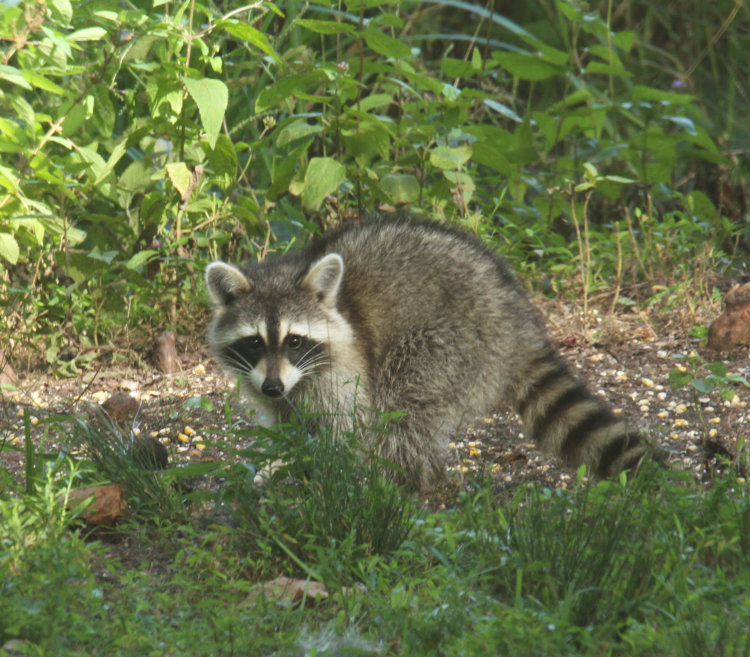Did the rounds tonight, counting how many juvenile Carolina anoles (Anolis carolinensis) I could find, and actually reached fifty this time, in fact, fifty-one. That one is shown below, doing its best to avoid being counted:
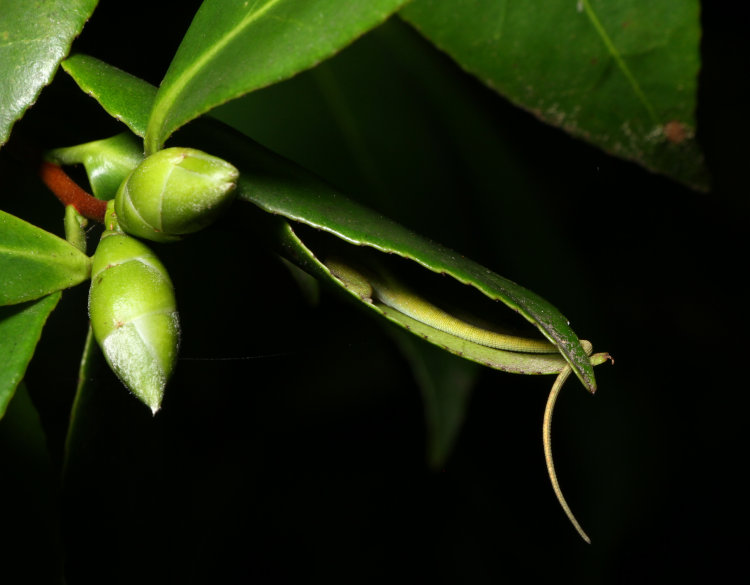
While certainly not an overriding, driving desire, I felt compelled not only to break the previous record, but to reach the nice round number of fifty – and then started to (once again) ponder why. I haven’t done a semi-philosophical post in a while and I’m overdue, so strap in. And of course recognize that I haven’t the faintest education in any of this, so take it as it should be taken.
First off, I suspect there are a couple of motivations taking place in here. I’m convinced that we, humans, have a ‘puzzle drive,’ a desire to figure out why things are the way they are, to solve the puzzles, to reach a solution, and this is not only an integral part of how we became ‘intelligent,’ it even manifests itself in trivial manners because it’s so strong; this is why we play games and set nonsense challenges for ourselves and so on. It’s not hard to see where such a trait could spur us forward in our knowledge, and also easy to see that no other species seems to possess it anywhere near the extent that we do. But regardless of whether this exists or not, we do set arbitrary goals for ourselves, and my desire to reach 50 is an obvious aspect of this.
Then we ask, Why 50? Why not 47, or 53? Well, we can say, “round number,” and have done with it, but why do we even have the concept of a round number? So okay, we probably have the reliance on a base-10 numbering system because we have ten fingers, though ancient Roman cultures (I believe it was) had 6 and 12 as more ideal, ’round’ numbers, which is why we have 360 degrees in a circle and the timekeeping method that we do, so culture plays a part at least. And we appear to have an inherent grasp of multiples; 50 is “a hand of two-hands,” or five times ten, so it’s ‘complete’ to a certain degree. And yes, should I have been even approaching a count of one-hundred, you know damn well I would have been pushing hard to make that goal – I was already checking some esoteric regions of the yard for more hidden anoles, so I probably would have been circling every potential plant that I could find and wandering down into the swampy areas if I was nearing a hundred (not that this would have been likely to help much, since anoles aren’t really swamp-dwellers.)
Moreover, I can admit that once I reached fifty, there was a mental aspect of, Made it – everything after this is just gravy. Even though fifty-one is obviously better – but it wasn’t as neat as fifty. There’s definitely an aspect of round numbers and more pleasing goals that overrides the mere, “But this is a higher number,” aspect of our brains (I don’t think I’m alone in this, anyway.)
I can throw out things like ‘even’ (divisible by two,) and ‘multiples’ (divisible by other numbers, four or five or ten,) but all I’d be doing is referring back to some inherent desire to meet these, not explaining why there’s such a desire. And I’m not going to accomplish it now either, though I suspect there’s a certain mathematical portion of our brains, one that recognizes numbers and assigns more or less importance to them; there’s likely a connection between odd meaning “not divisible by two,” and odd meaning, “peculiar.” [Yes, I know any number is divisible by two, but then we get into ‘whole’ numbers and the meaning of that, and start contemplating cutting anoles in half…]
We can go more fundamental and simply examine counting, and knowledge of numbers larger than a handful (no pun intended but that word probably originated in that manner anyway.) I was pondering this as I was watching the wood duck broods on the pond; one had an initial brood of 12, that dropped to 11 and then I believe to 10, before we lost track of them as the young got older and more independent. Except studies by biologists and other sciencey people indicate that ducks cannot actually count that high, so was the mother even aware that her ducklings were reducing in number? This is assuming of course that she wasn’t telling them apart in different manners, by appearance or sound or whatever; she could easily know who was in her brood without being able to assign a number to them. Even so, plenty of animals might have useful reasons to count above three or four (the semi-universal numbers reached by most animals that can count at all,) and yet, can’t. Meanwhile, humans can count far better (so we believe) than anything else. Why is that? It’s not like our broods ever exceed three, and what else did we need to count, back during our development as bipedal, tribal, hunter-gatherers?
The first thing that comes to my mind is, counting and agriculture are pretty intertwined – I’m not sure you can have one without the other, to know when to plant and how long to wait and how long before you will have the season to plant again. There’s a little bit of a ‘chicken or egg?’ thing going on here, wondering which came first or if they necessarily had to develop at nearly the same time. There are also strong indications that numbers were the precursors to writing, simply to keep track of important figures, and there are efforts to determine how to use numbers to establish communication with intelligent extra-terrestrials, if and when we encounter them, because we can establish numbers through universal constants like atomic weights/abundances. It’s just going from there that becomes a bit tricky (understatement of the year.)
We can wonder about the ability to count to high numbers, and how it might have come about, what portions of the brain had to develop in what ways. There are numerous instances of people who lack certain fundamental emotions, or even the ability to feel pain, but before I’d started this post, I’d never heard of any instances where someone couldn’t actually count, or could only manage the smaller increments of many of the other animals. It would truly suck to have such a handicap, but maybe this is only a matter of perspective, since apparently there is at least one South American tribe that not only has no concept of any distinctions beyond one and two, they may be unable to develop it as well; this might be something that has to be instilled at a very young age, and we only think in multiples (‘a hand of two-hands,’ as mentioned above) simply because that’s how we’ve been taught to conceive of numbers. If you think about it, we can look at a small group of objects and say, “There are five treefrogs on the window,” but it doesn’t take many more than that before we can’t say without counting them, or at least having them in an order that makes multiples apparent, neat rows or whatever. So maybe we can only count in numbers of numbers? Meanwhile, the tribe is functioning just fine without higher numbers, except in encounters with other tribes that can use them, it seems.
I am also reminded of a simple experiment that Richard Feynman pursued, as he so often did. He was practicing timing himself accurately by counting in his head, and found that he could do it while reading, but not while conversing. Meanwhile, his friend had no difficulty with counting silently while conversing, but not while reading. Eventually, they determined that Feynman counted internally by hearing the sounds of the numbers as if reading them aloud, while his friend saw them as if watching a digital display. So how inherent is this, or is it entirely dependent on how and when we’re taught?
There’s also the idea of favorite numbers, which are not hard to explain: they usually have some significance in their connection to our lives or memories, like birthdays. But then, there have been large scale tests that show that some numbers are far more favored than others, though I don’t know if they’ve done these tests among different cultures or not. And curiously, while I have a faint preference for the day of the month of my birthday, the month itself is not favored in the same way, and I couldn’t begin to tell you why. Maybe my parents lied to me all those years ago…
But yeah, food for thought, to disguise the fact that I’m still posting about anoles, for fuck’s sake…

















































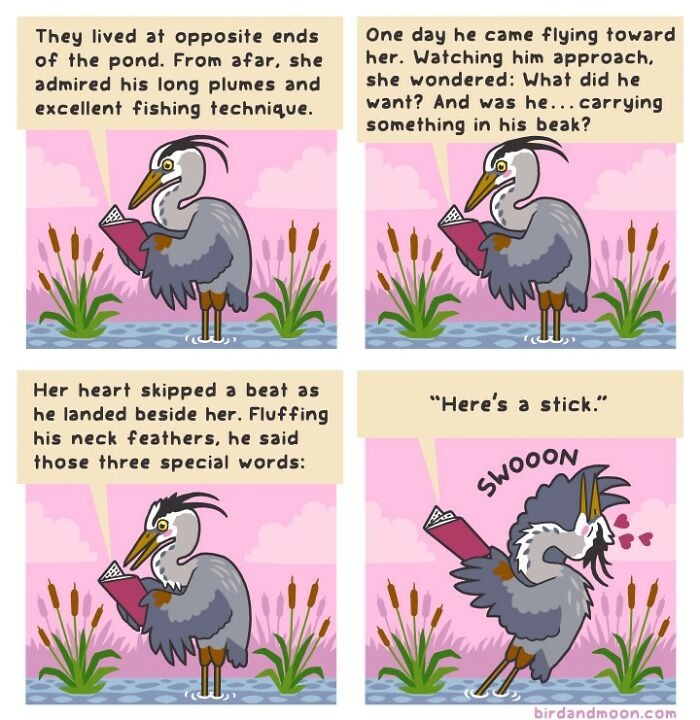






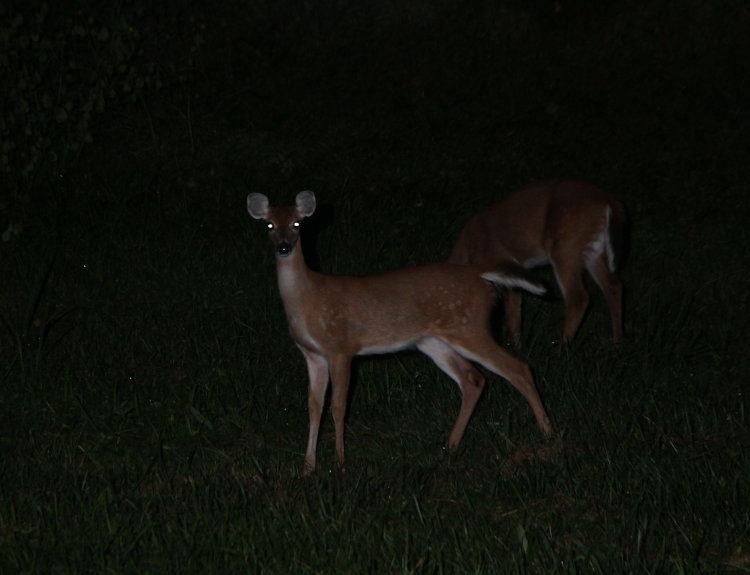
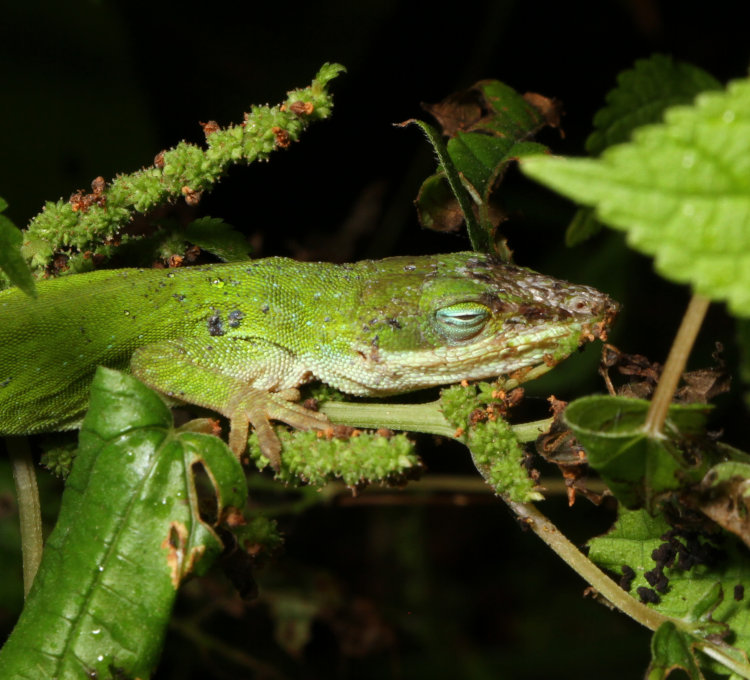
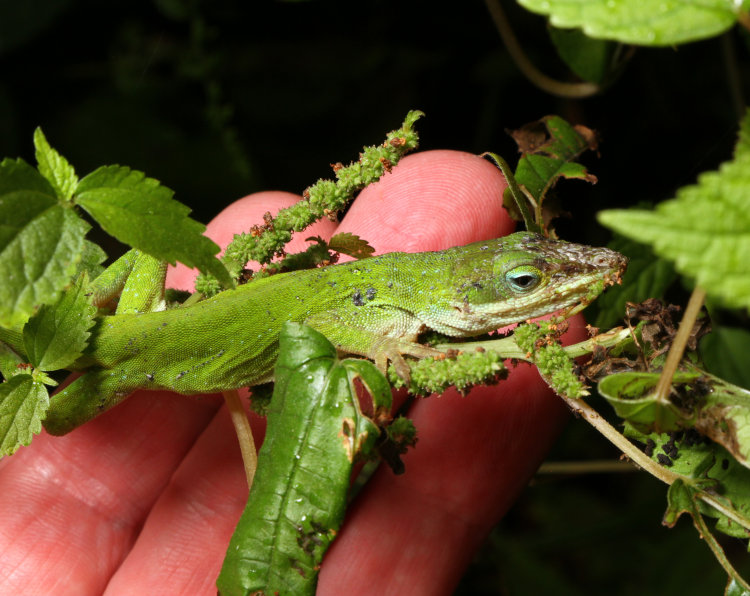
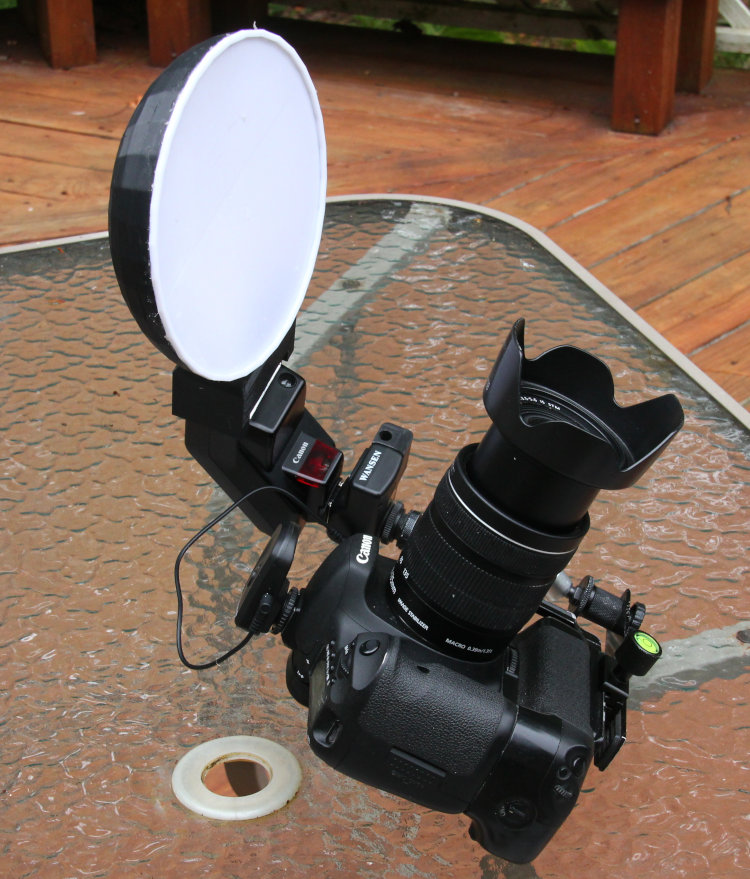
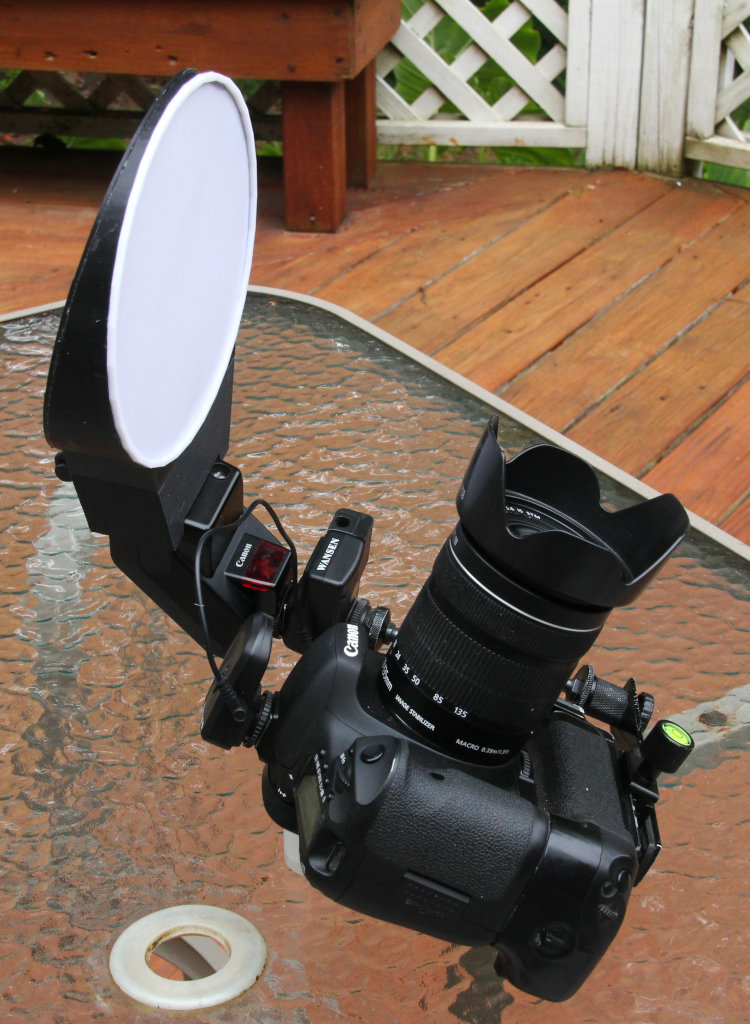
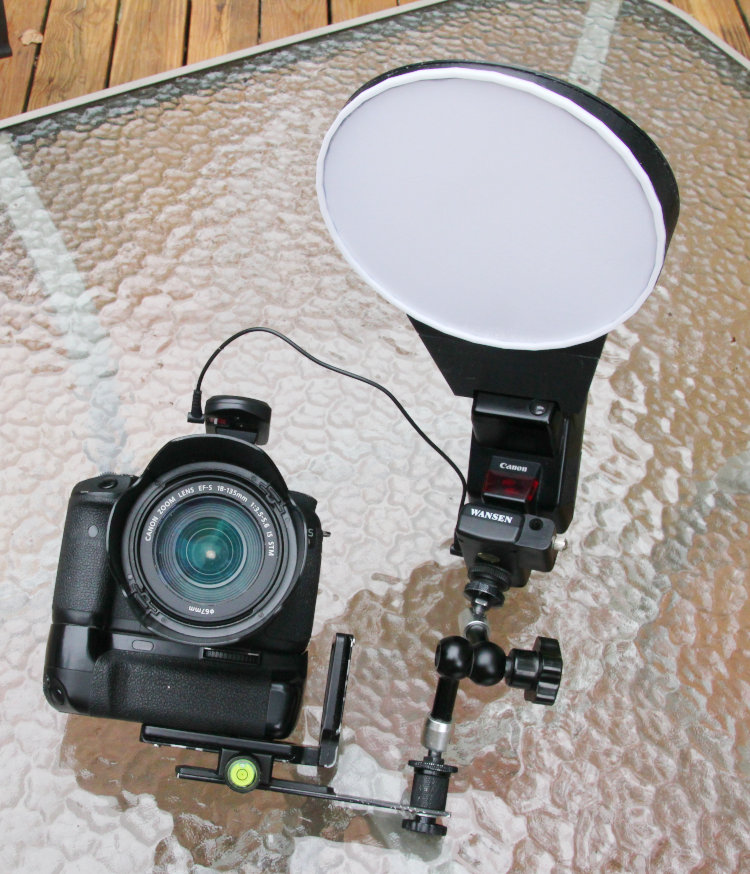
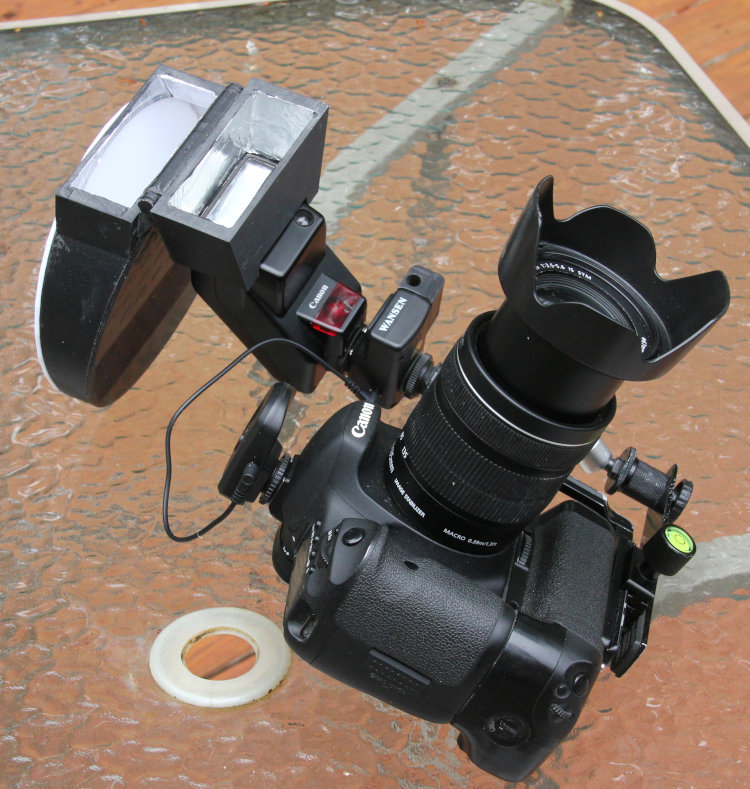
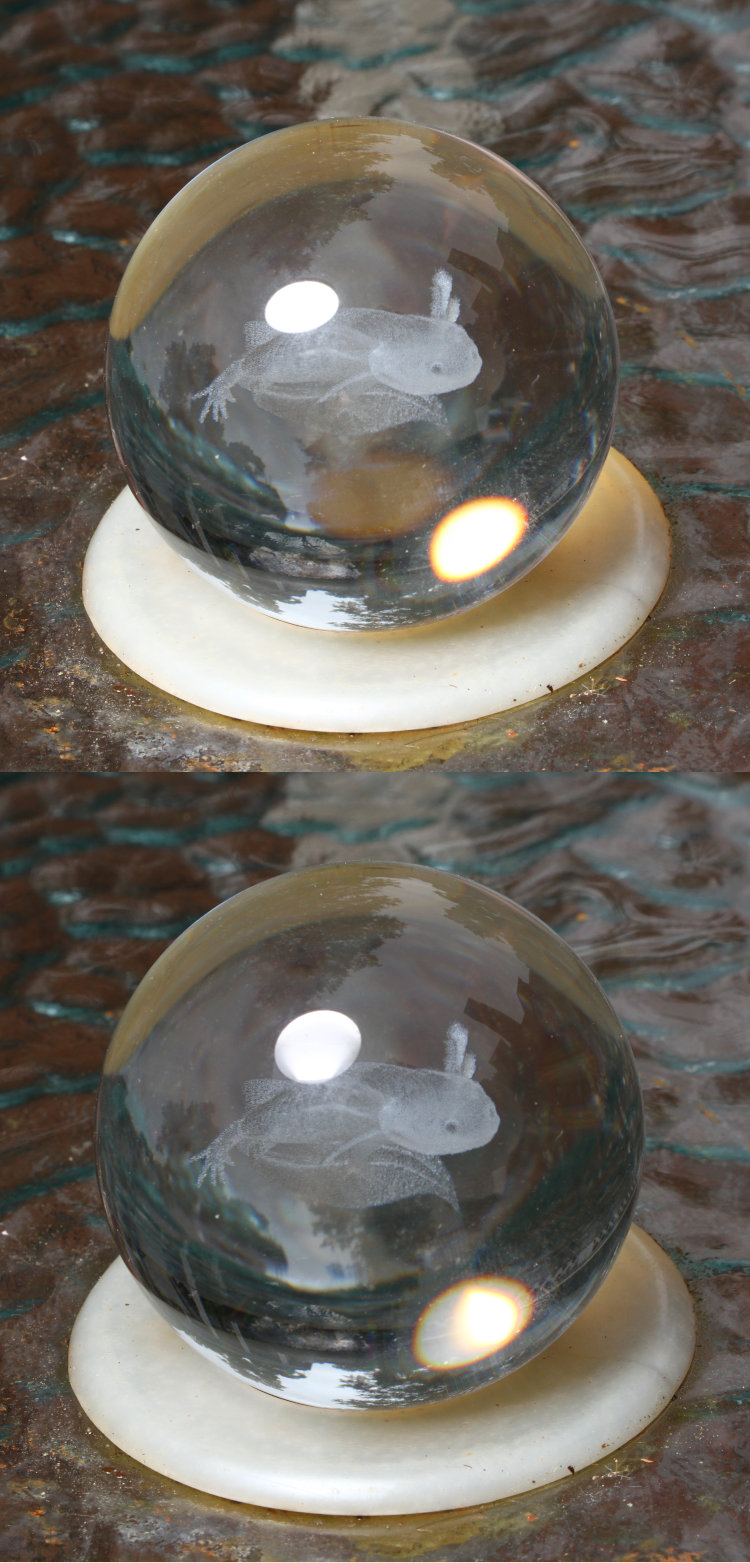
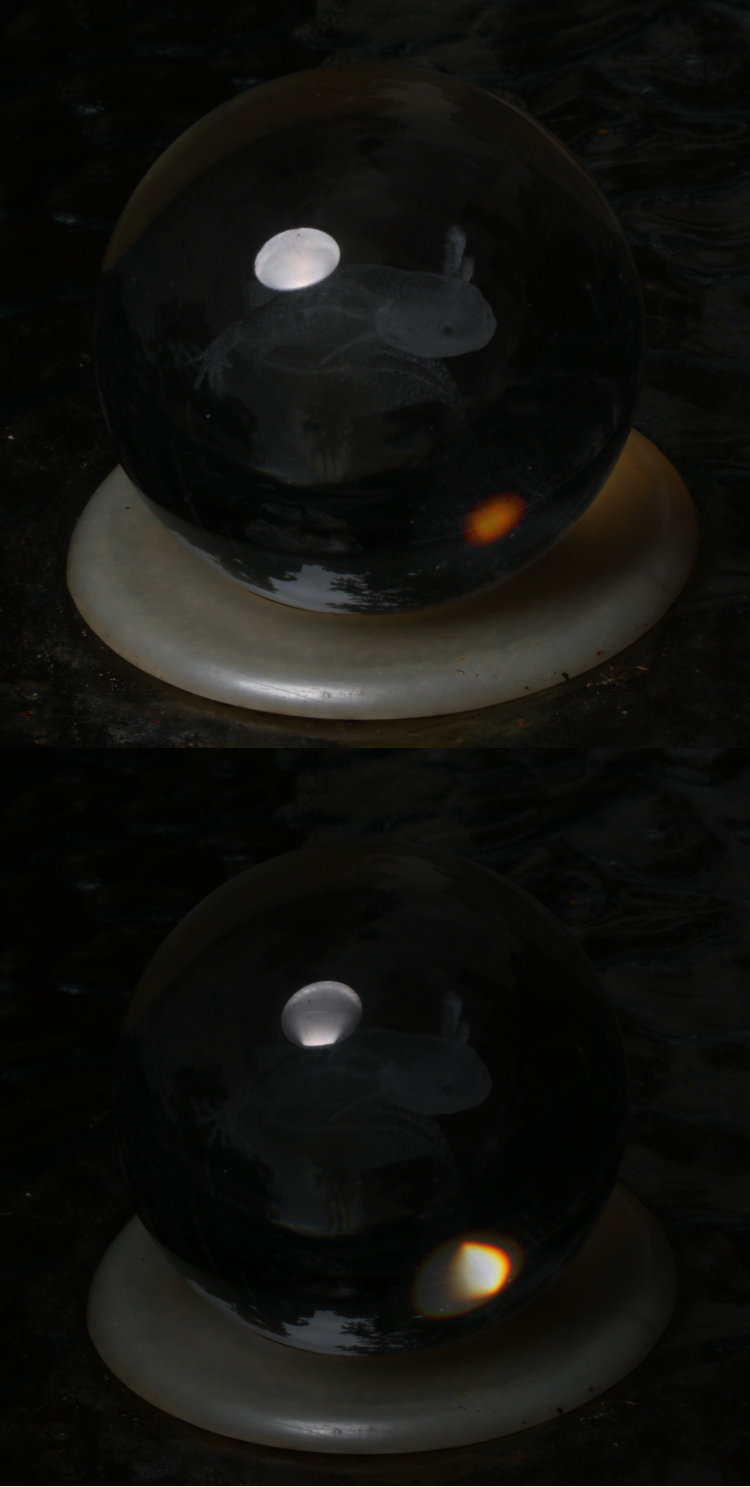
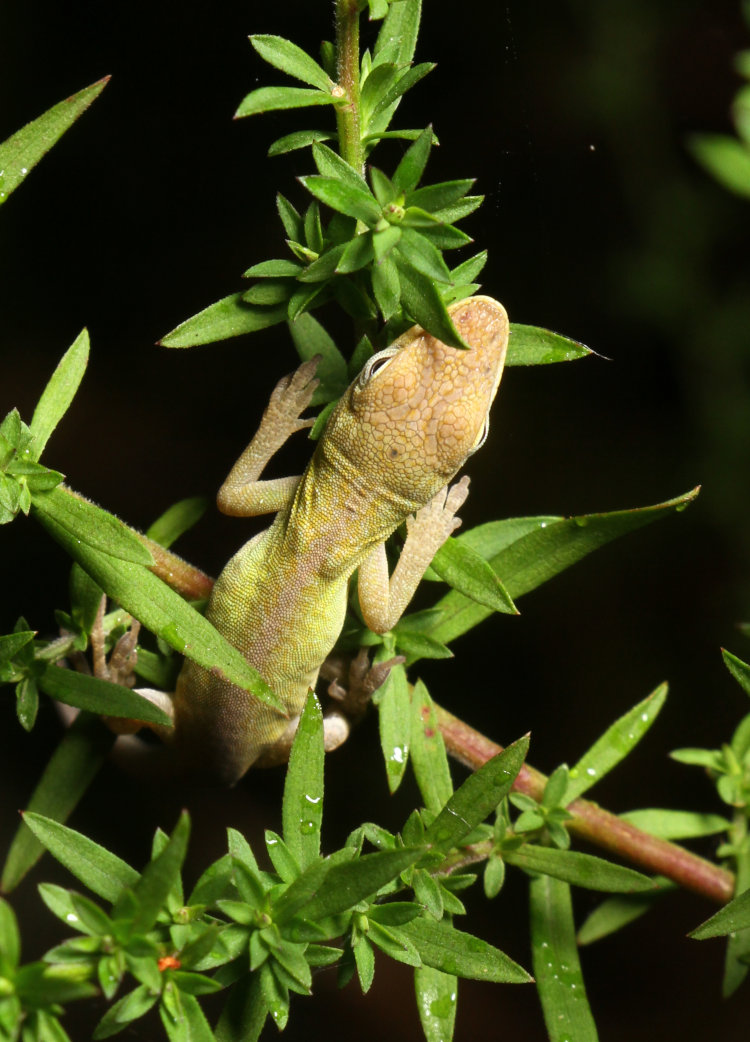
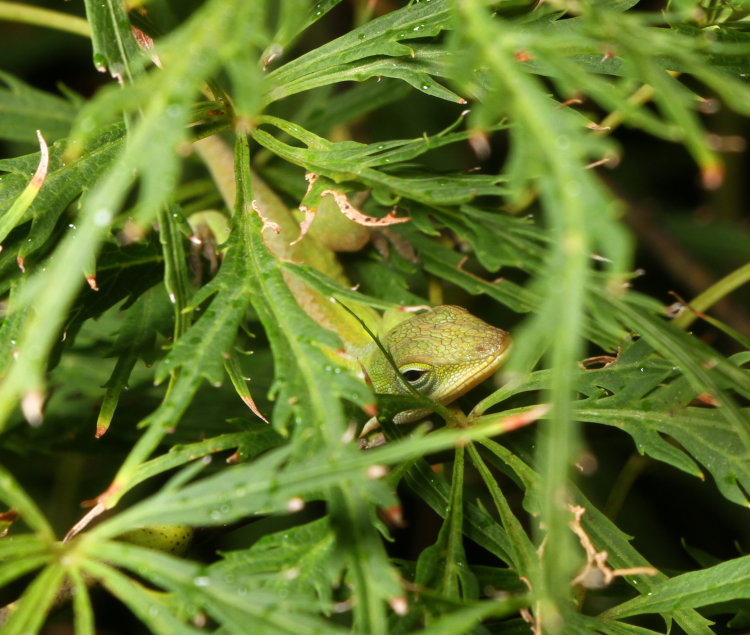
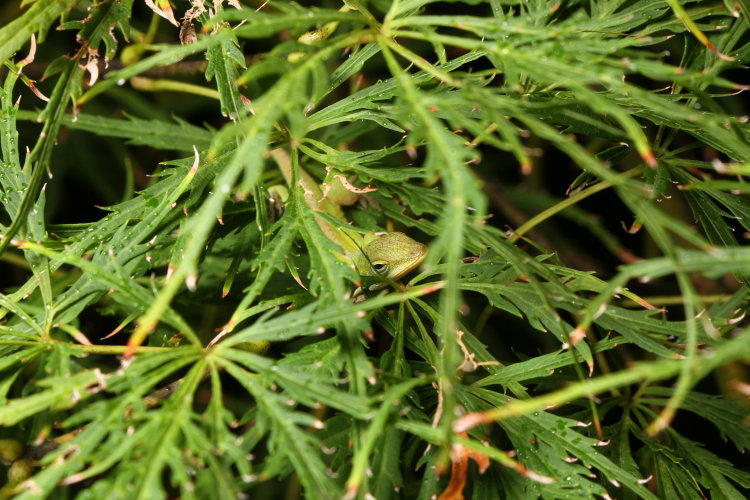
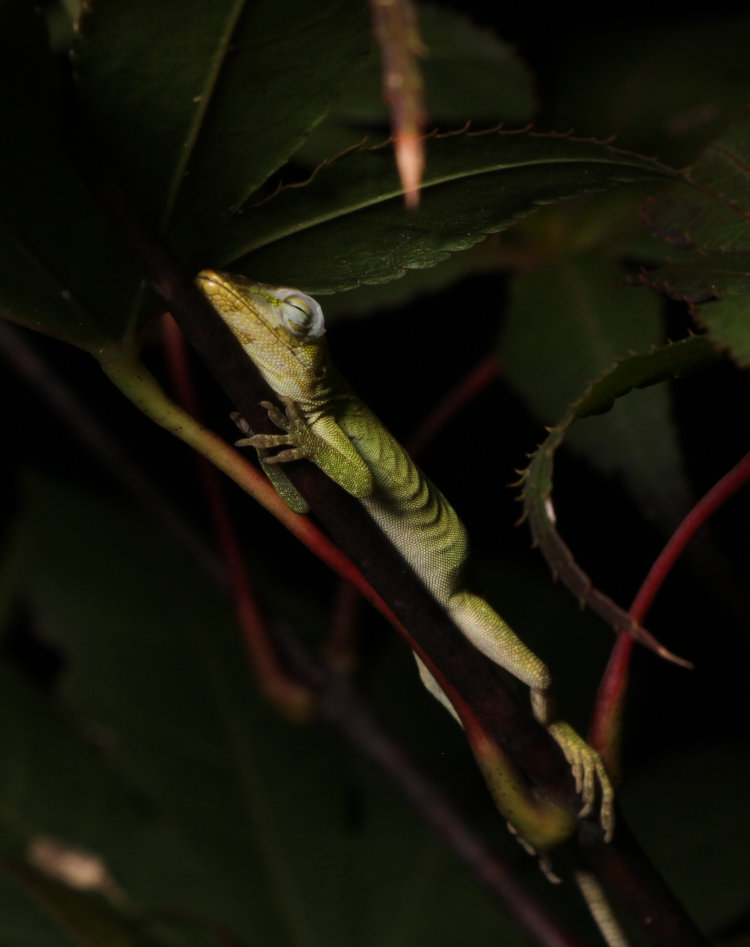
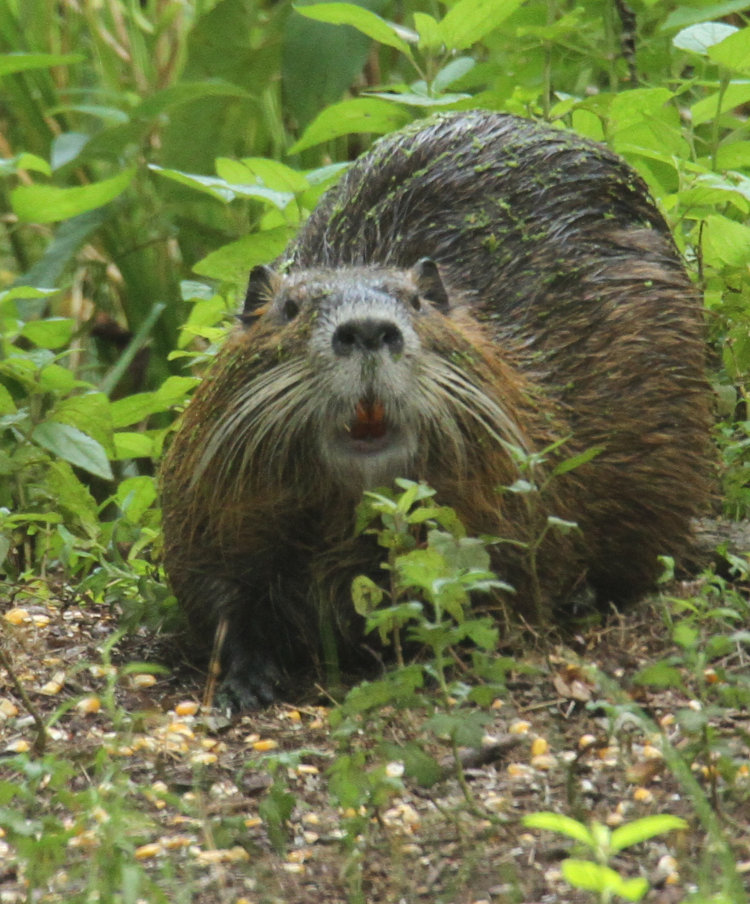
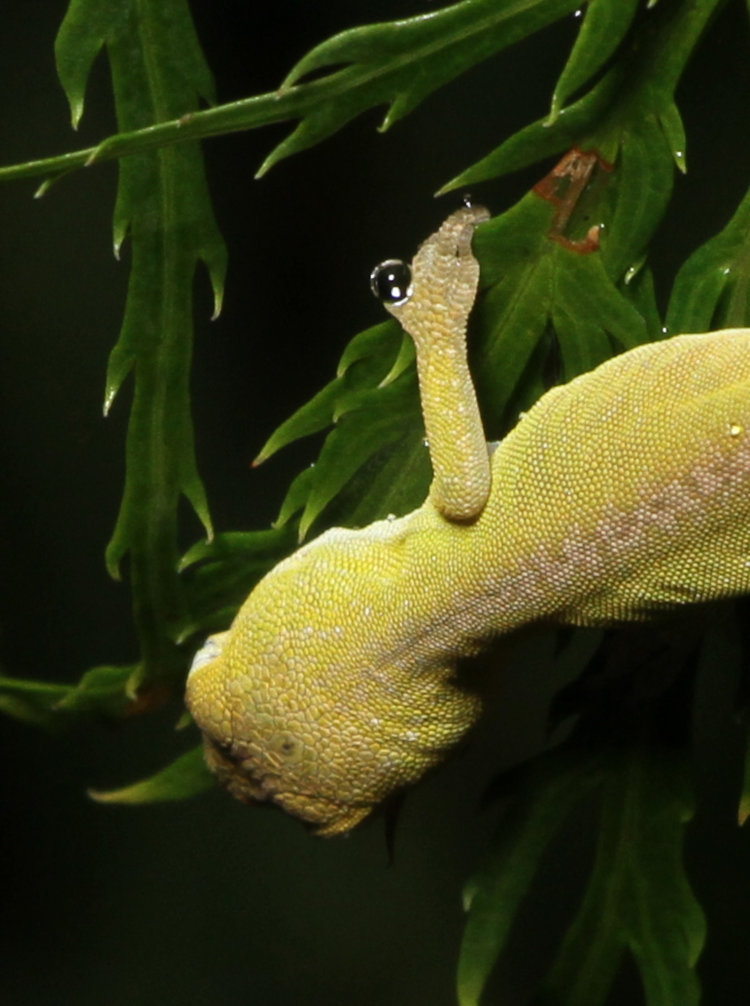
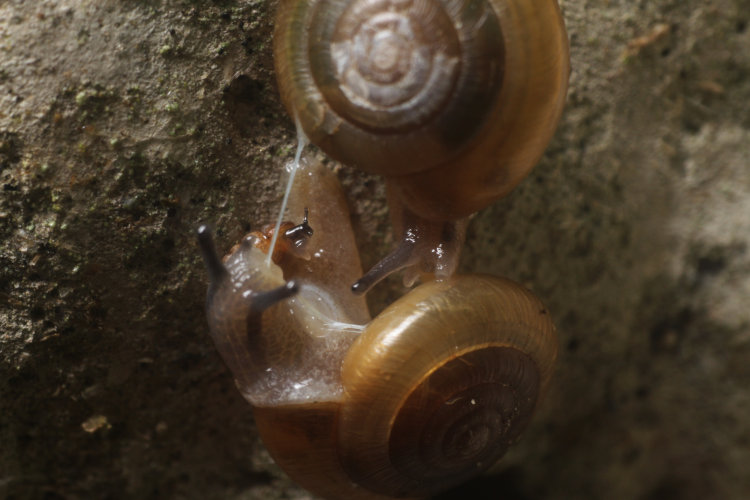
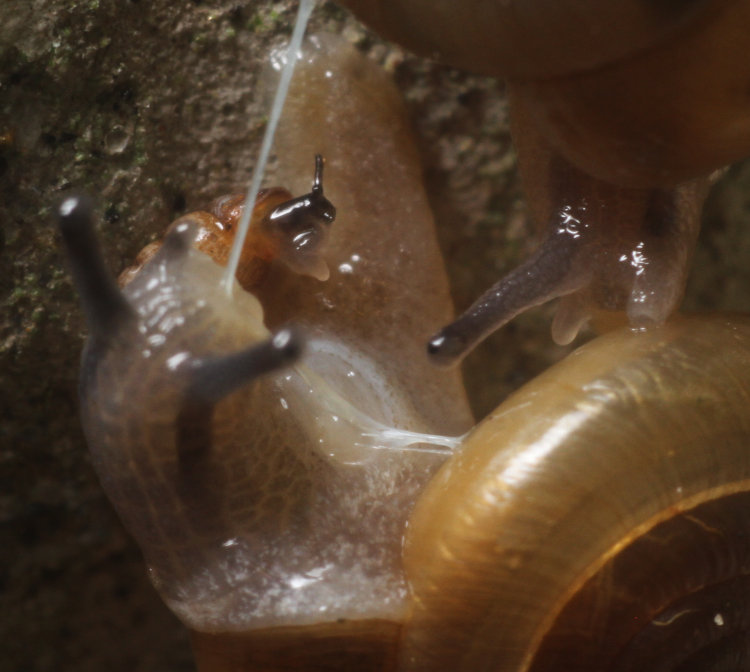
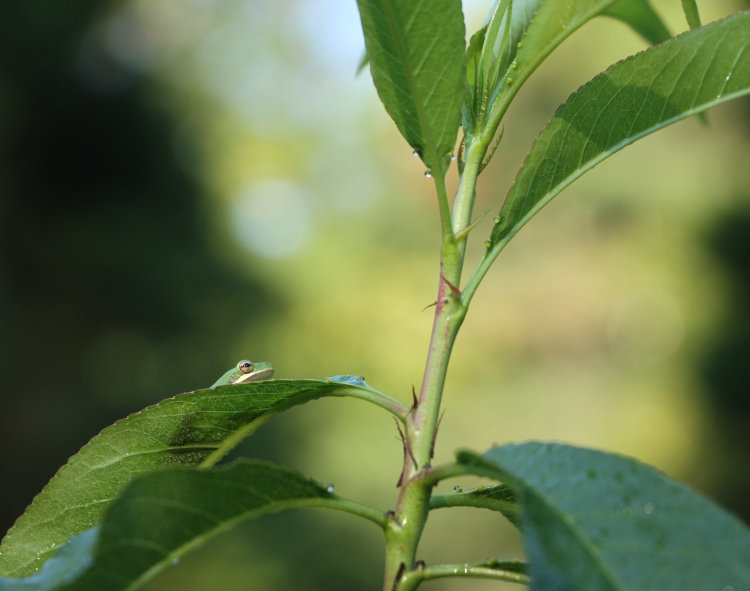
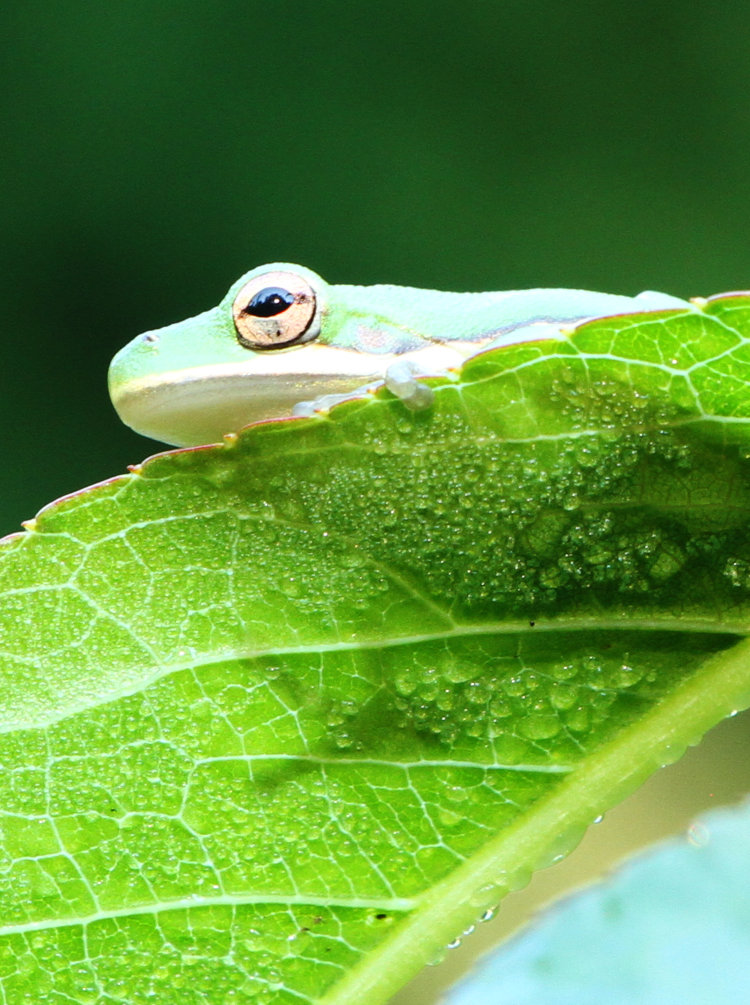
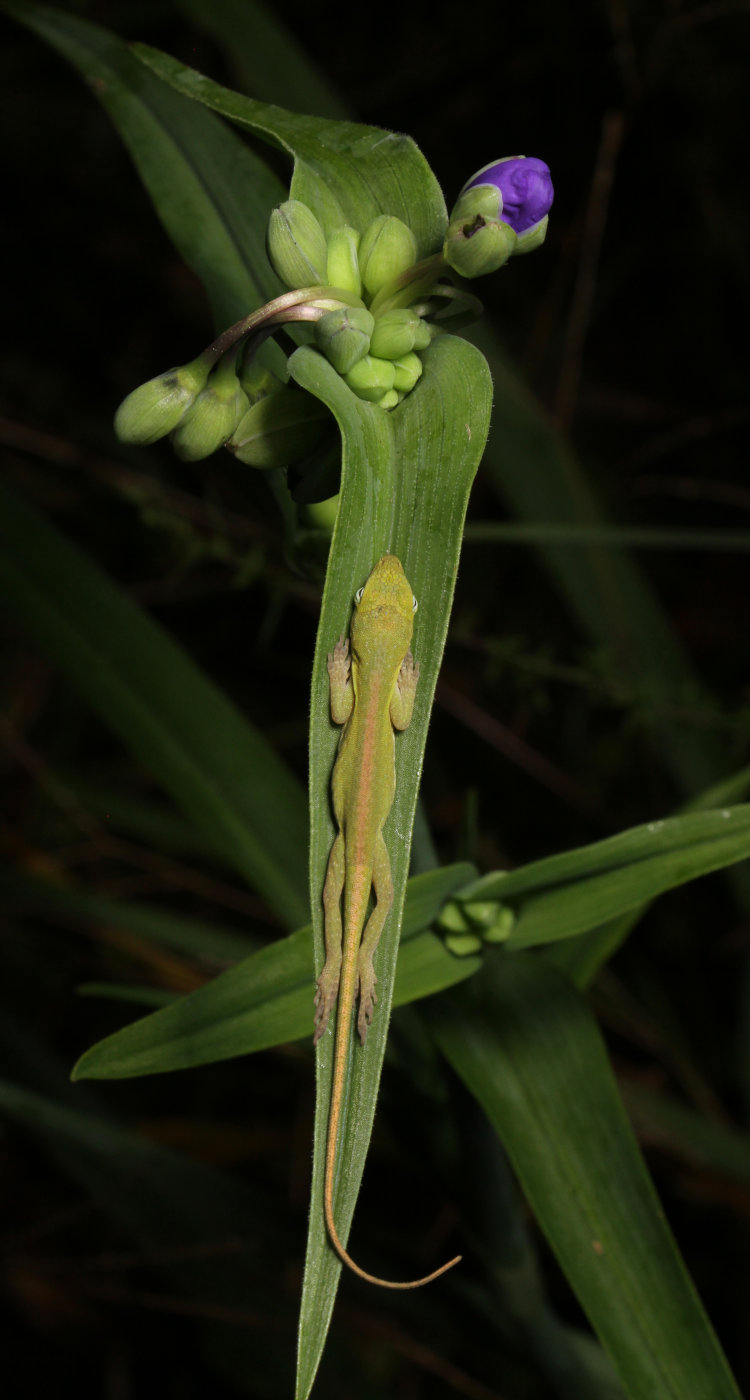
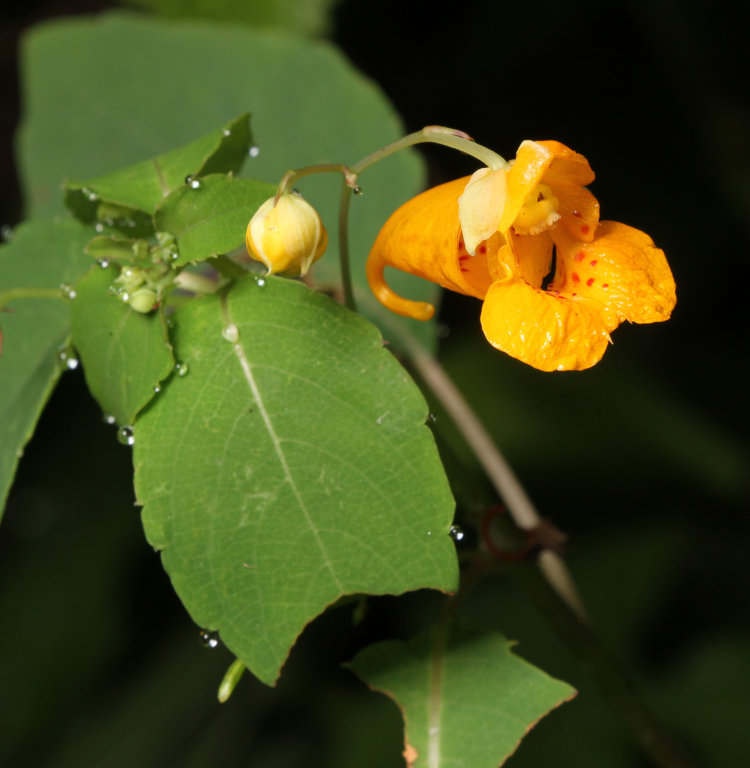
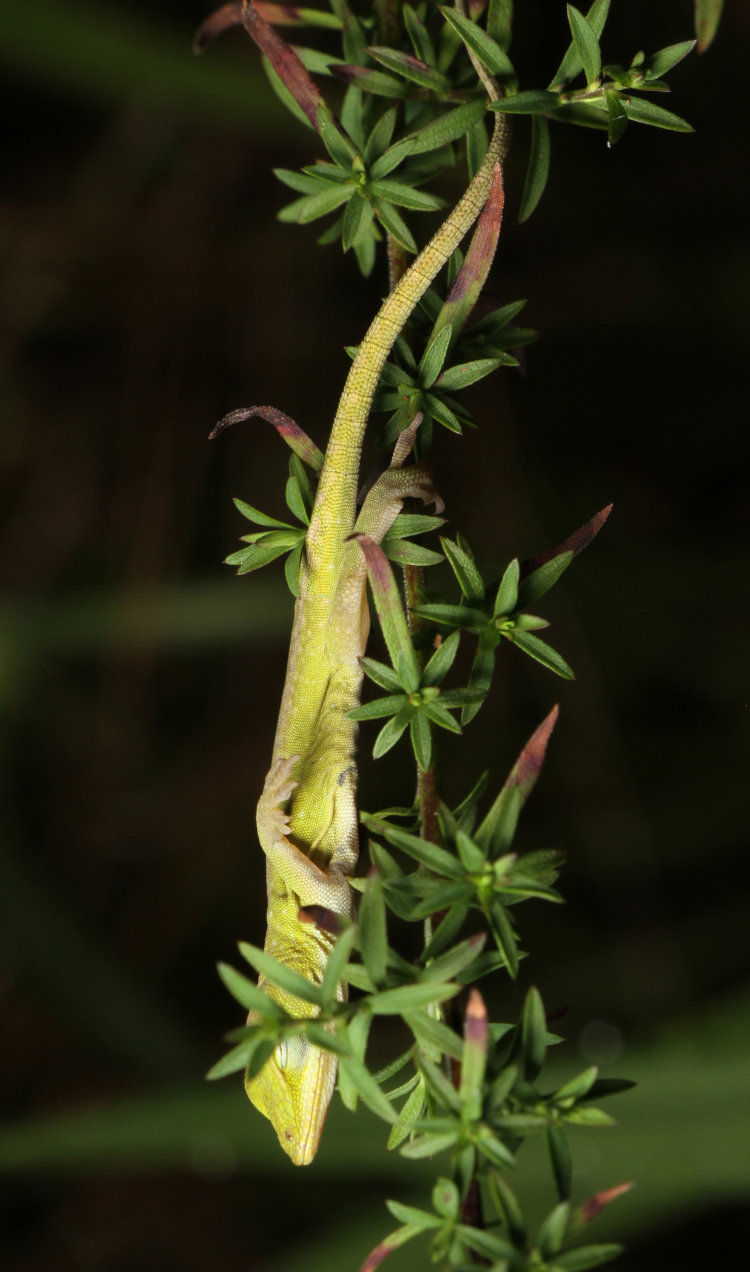
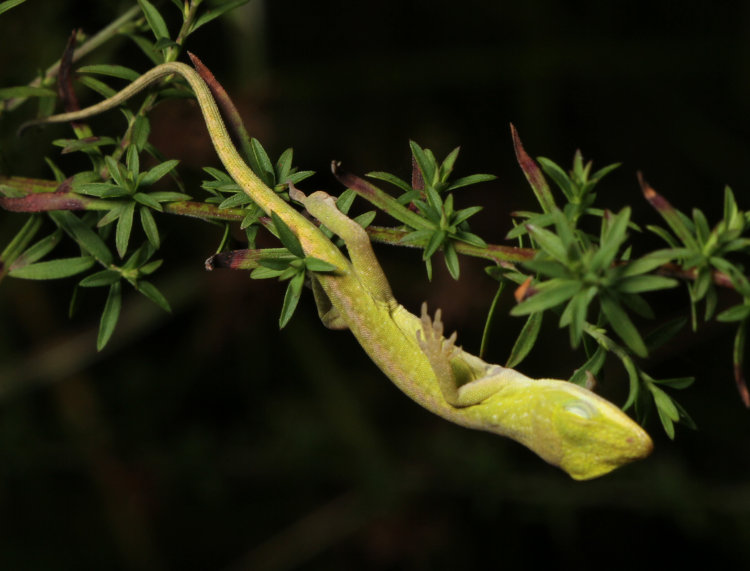
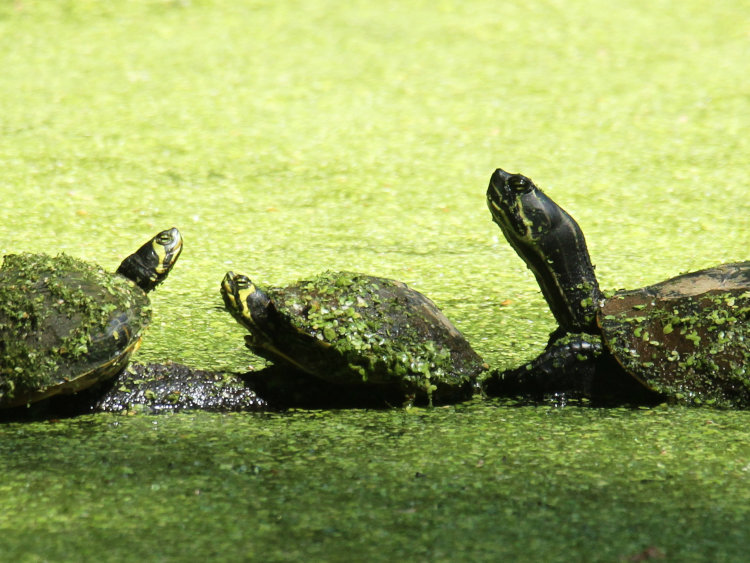
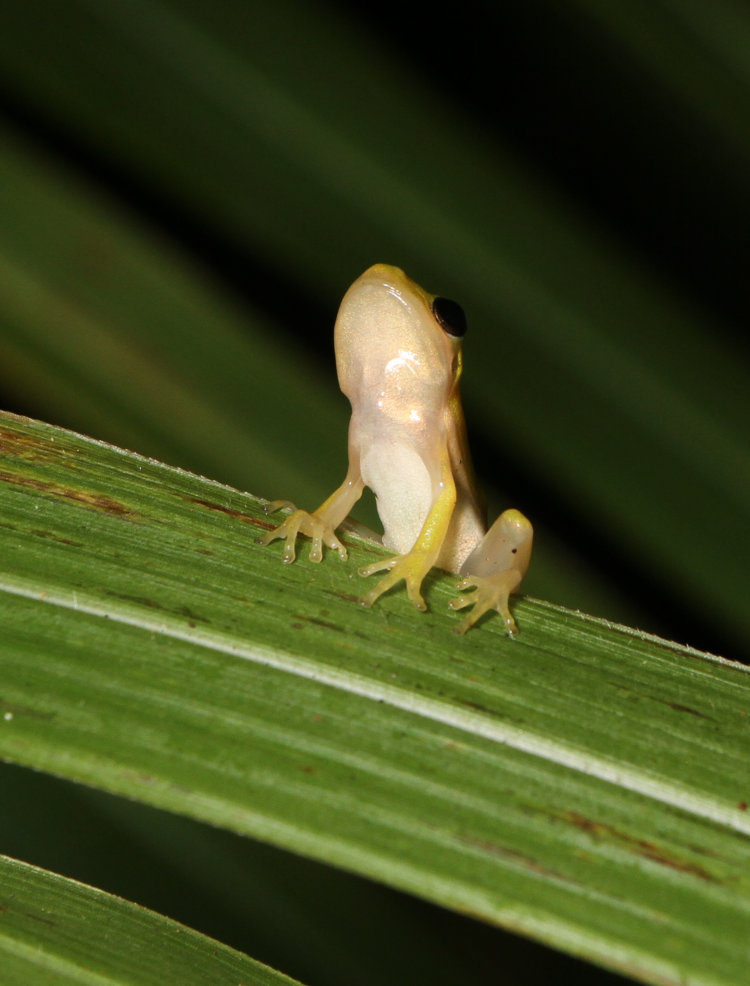
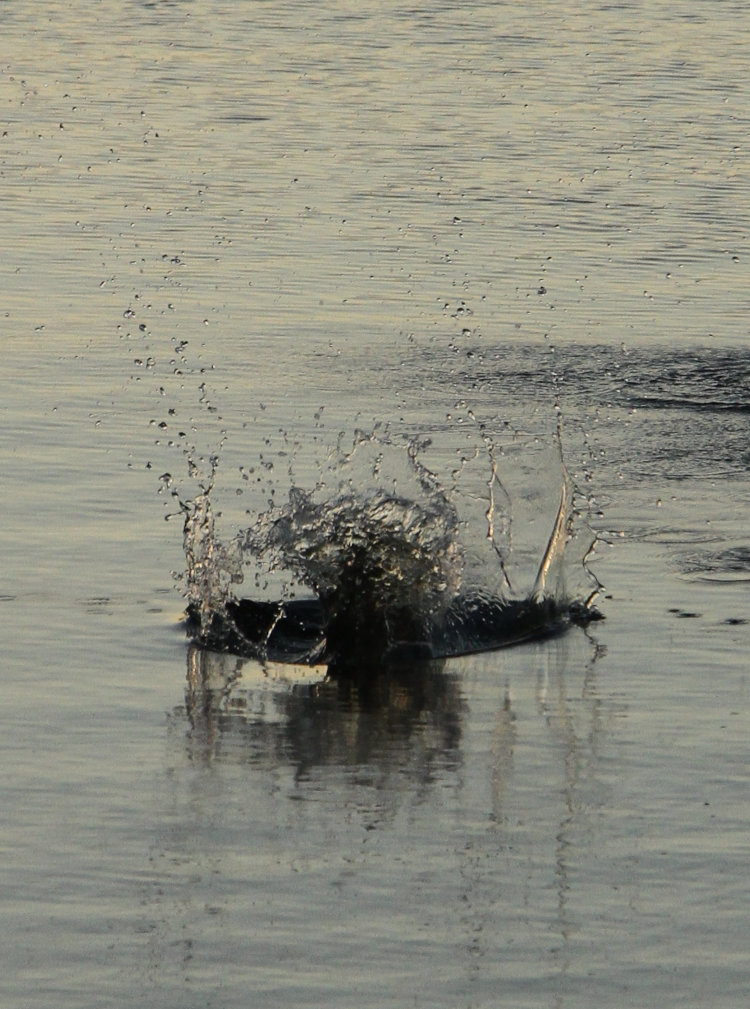
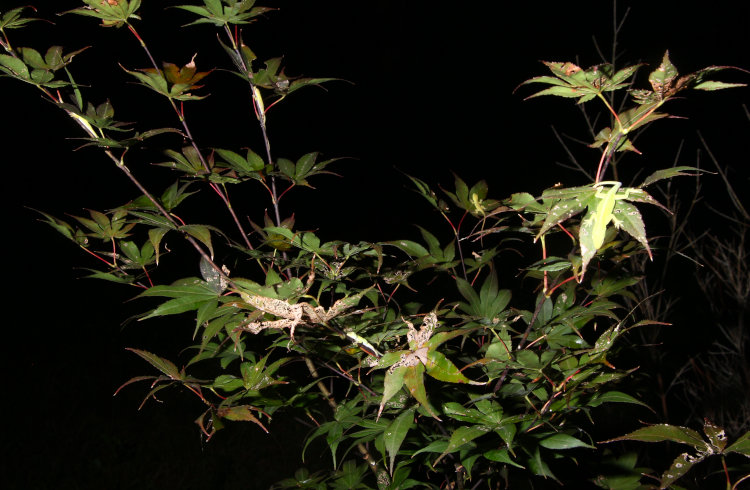
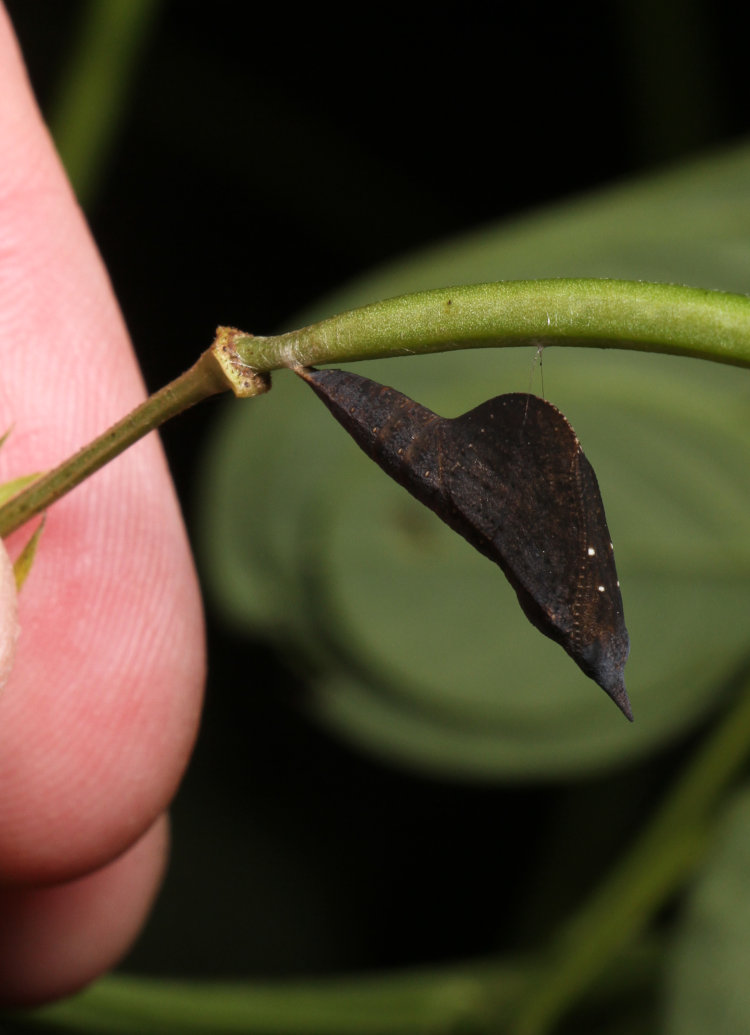
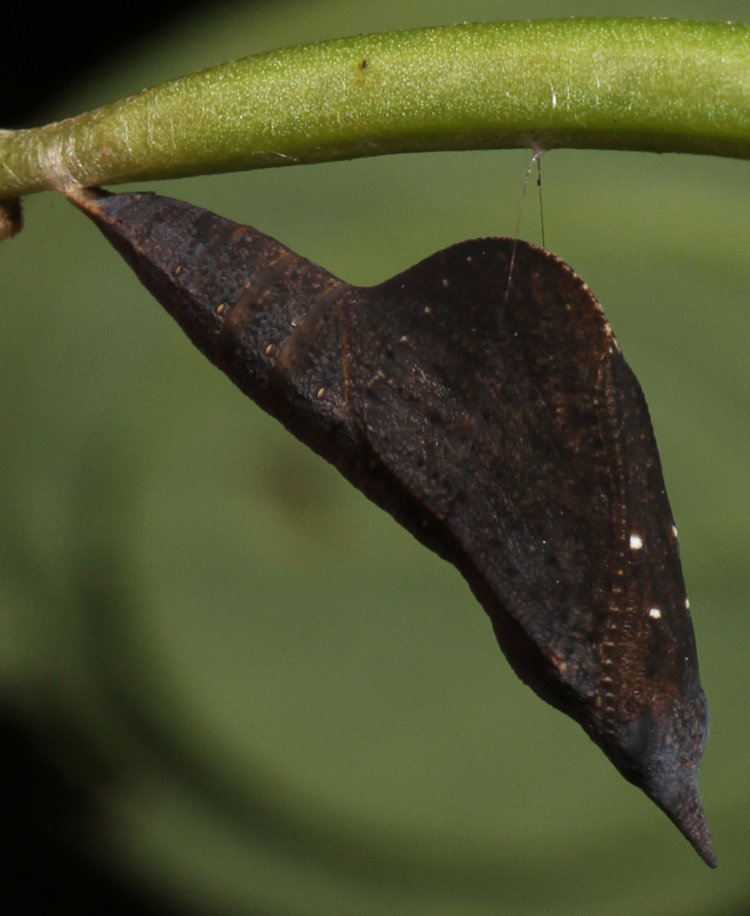
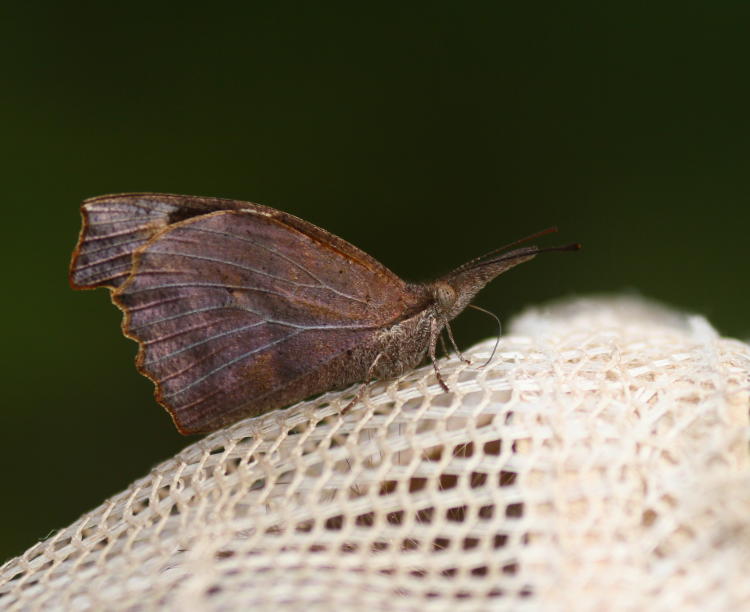
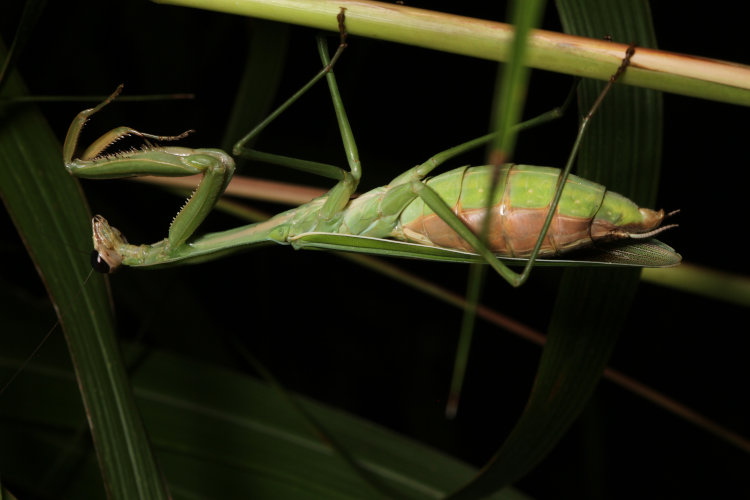
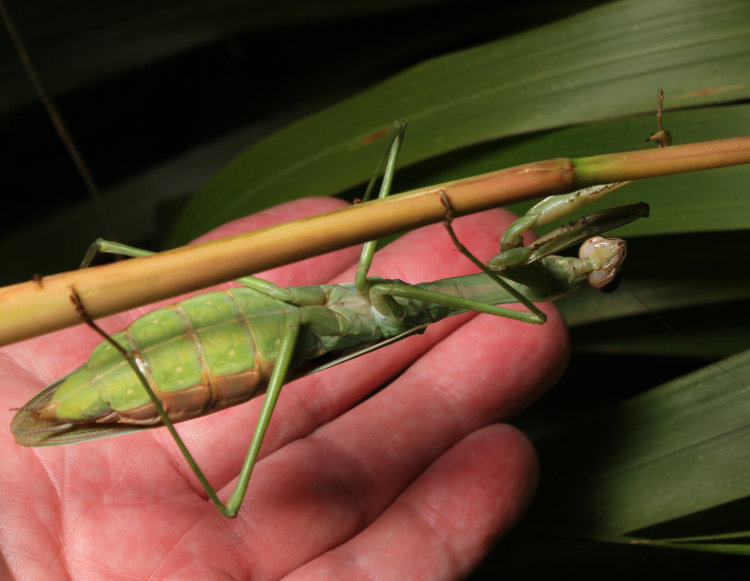
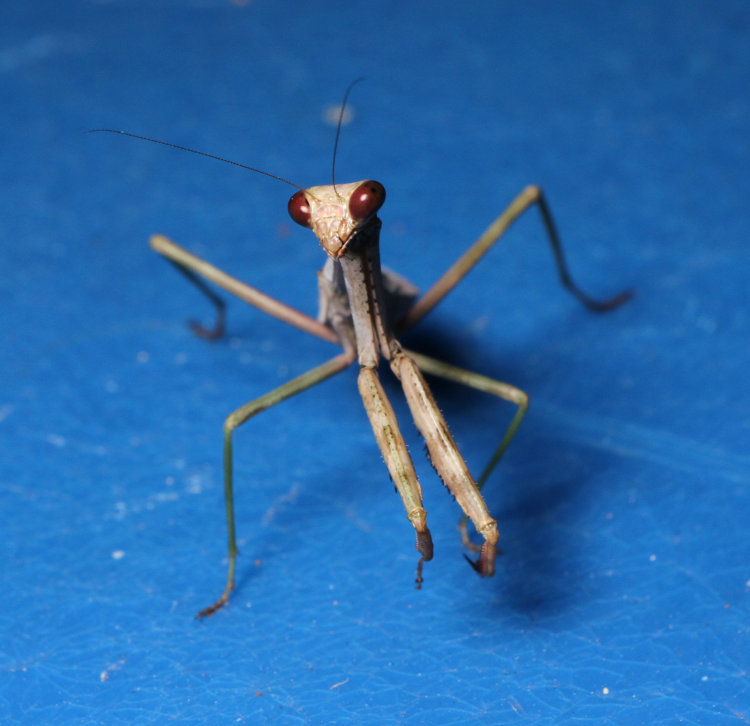
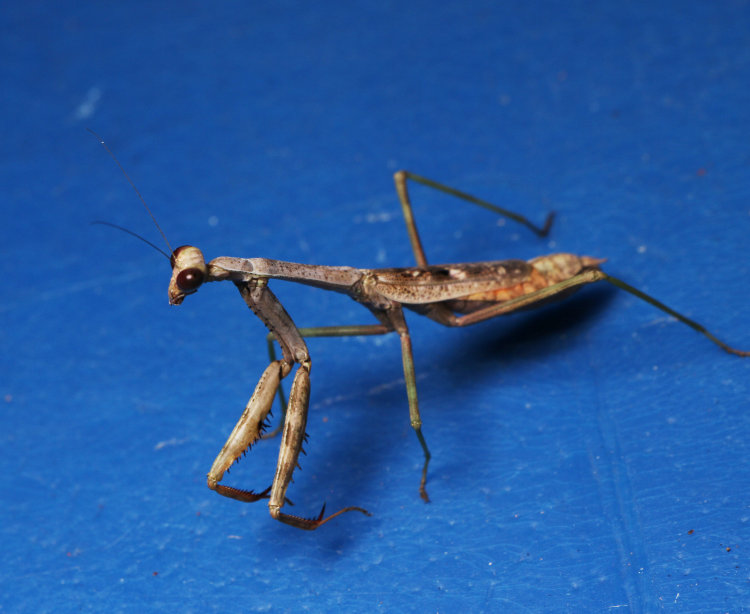
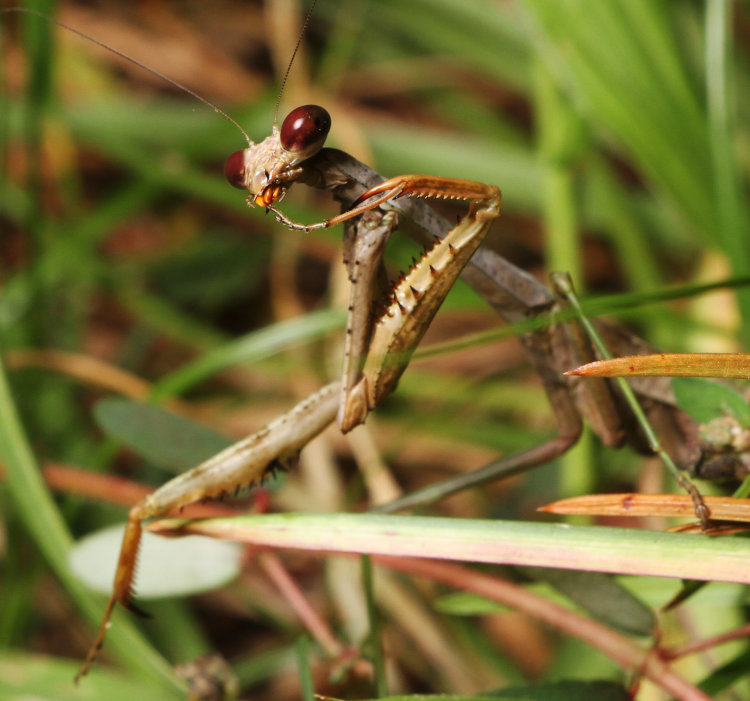
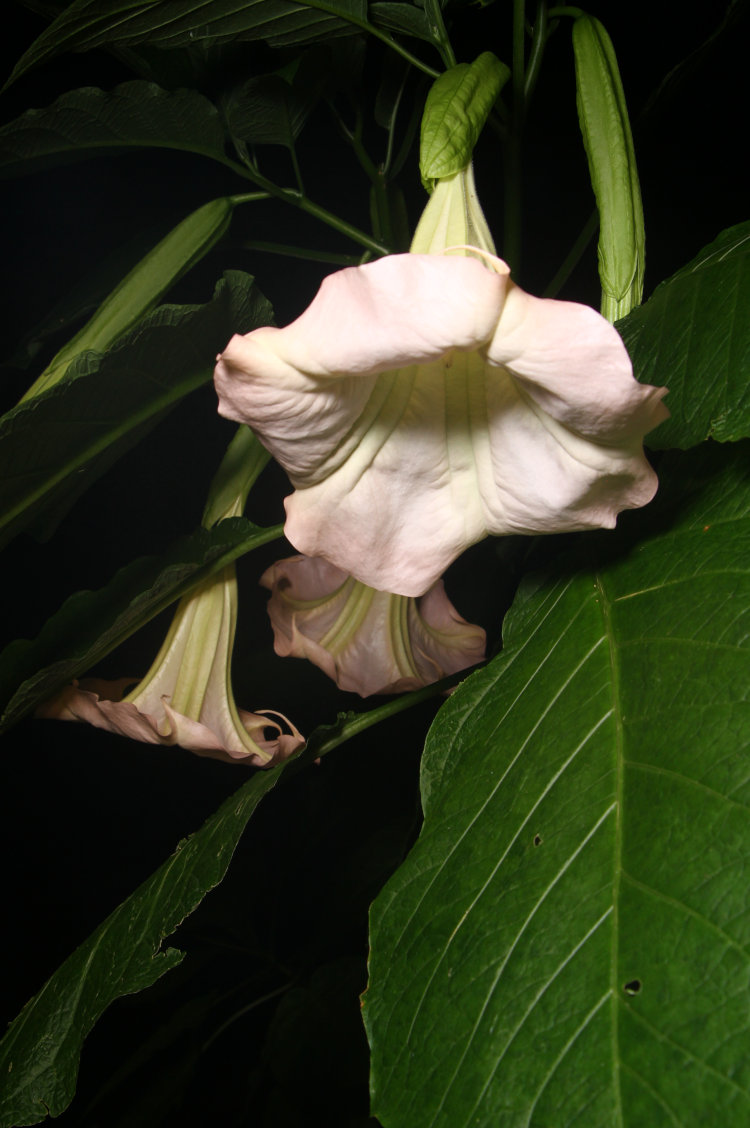
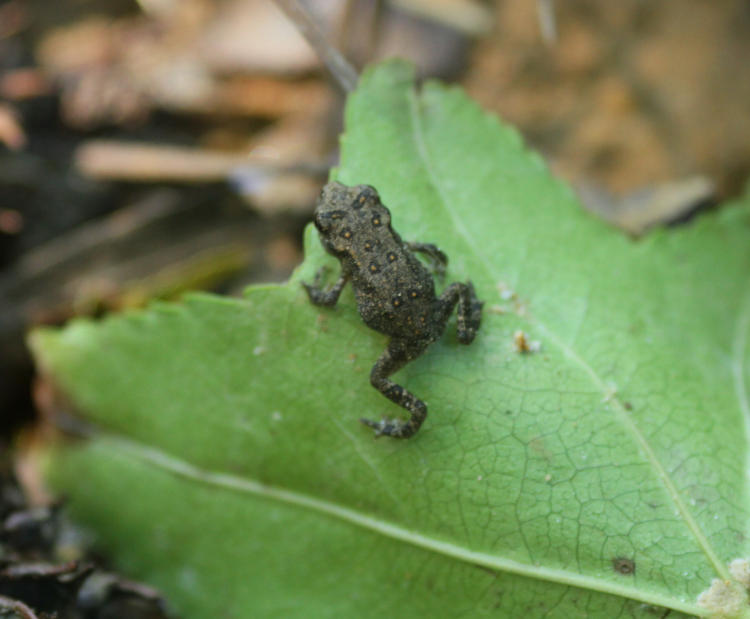
 I don’t recall what the original purpose of this image was supposed to be, though the contemplative nature of it is obvious. It dates back from 2006, which predates the blog itself, and while it obviously got into this folder later than that, the program that I used for editing wrote the original ‘Date Taken’ as the ‘Date Modified,’ so I can offer nothing further. Those that maintain that I’m looking more and more like this as time goes by are ignoring that fact that the chimp has more hair on top (that’s considerably less grey) and does not have eyebrows sprouting wild and unruly hairs that resemble kudzu in more ways than one. The ears are a dead match though.
I don’t recall what the original purpose of this image was supposed to be, though the contemplative nature of it is obvious. It dates back from 2006, which predates the blog itself, and while it obviously got into this folder later than that, the program that I used for editing wrote the original ‘Date Taken’ as the ‘Date Modified,’ so I can offer nothing further. Those that maintain that I’m looking more and more like this as time goes by are ignoring that fact that the chimp has more hair on top (that’s considerably less grey) and does not have eyebrows sprouting wild and unruly hairs that resemble kudzu in more ways than one. The ears are a dead match though.